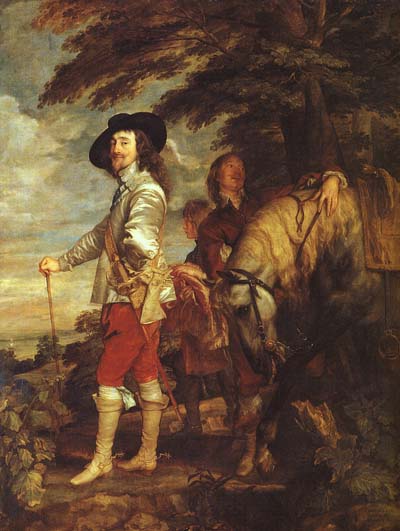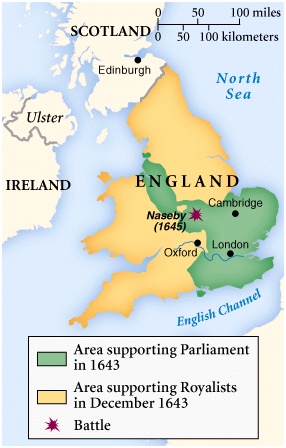 The Theory and Practice of Absolutism
The Theory and Practice of Absolutism Image: Hyacinthe Rigaud (1659-1743), Louis XIV (1700); Canvas, 2.77m x 1.84m. Rigaud modeled his portrait of the Sun King on Van Dyck's portrait of Charles I of England. Source: Musée du Louvre.
I. Inventing the “Sun King”
II. Three Ideas of Absolutism
A. Patriarchal Absolutism (Bodin)
B. Social Contract Absolutism (Hobbes)
C. Divine Right Absolutism (James I, Bossuet)
III. Absolutism on the Continent
A. Absolute Monarchs and Their Nobles: The Case of Brandenburg-Prussia
B. France in the Age of Louis XIV
1)
Military Pacification & Reform
2) Taming the Nobility
3) Mutually Beneficial Alliances
Image: Cardinal Jules Mazarin (1602-1661)
Image: Louis
XIV as Romanorum Imperator (1670)
Image: “The Crossing
of the Rhine by the Army of Louis XIV” (1672) , by Joseph
Parrocel (1646-1704)
Image: “Louis Victorious”
(1673), by Pierre Mignard (1612-1695)
Image: “The Apotheosis of Louis XIV” (1677), by Charles
Le Brun (1619-1690)
Image: Louis XIV as Conqueror of Heresy (1686)
Image: “The World Pays Homage
to Louis” (1687)
Image: A Medallion of Louis XIV
Image: Bad Press for Louis: Louis XIV
with his Harem (1693)
Image: Preface
to Jean Bodin, Six Books of the Commonwealth (1576)
Image: Titlepage of Thomas Hobbes' Leviathan (1651)
Image: Bishop Jacques Benigne de Bossuet
Image: Elector Friedrich Wilhelm of Brandenburg (r. 1640-1688)
Map: The Growth of Brandenburg-Prussia (1600-1795)
Map: France in 1697
Map: Vauban's Pre Carré
Image: Vauban's fortifications at Rocroi



.jpg)
.jpg)